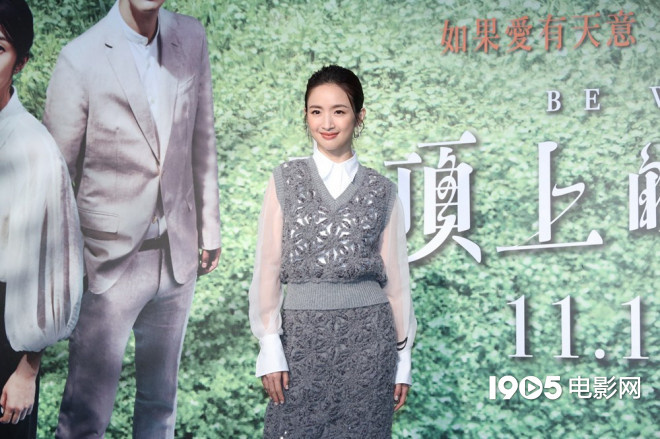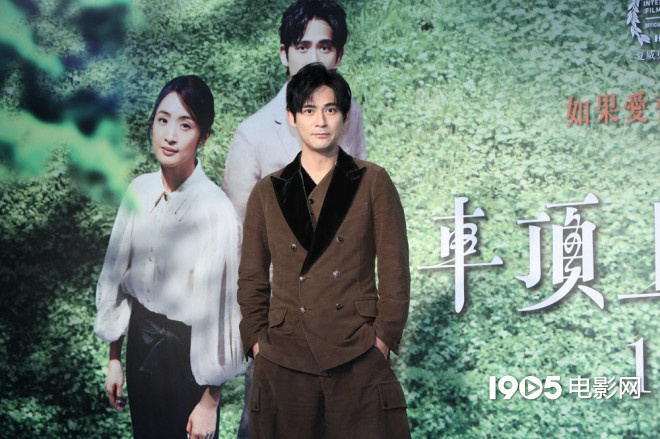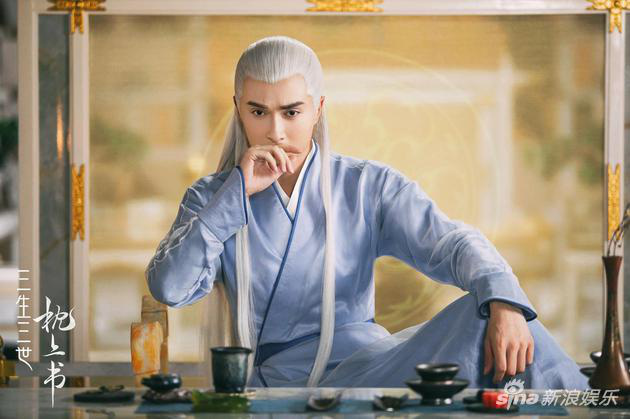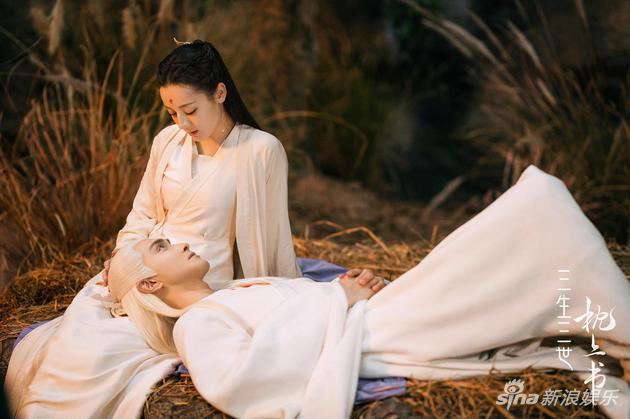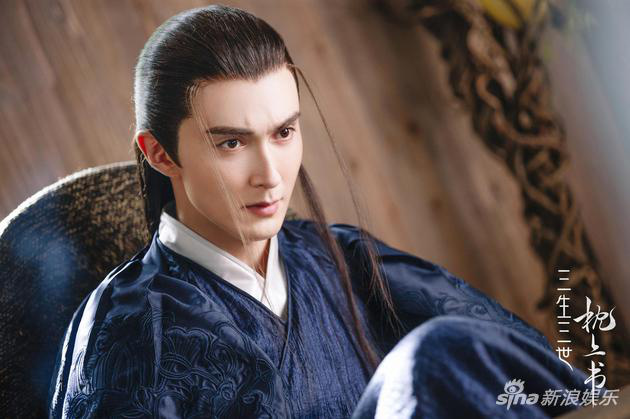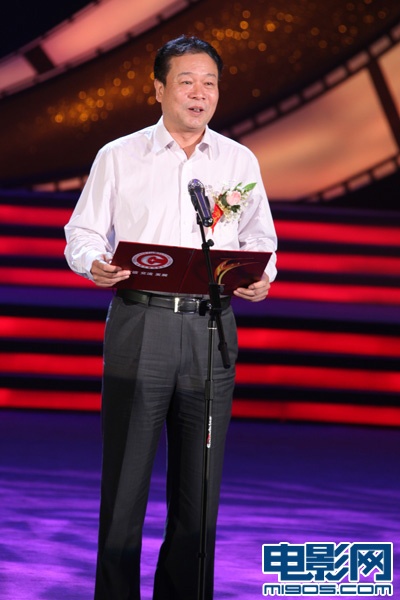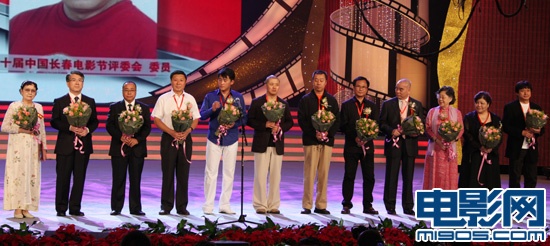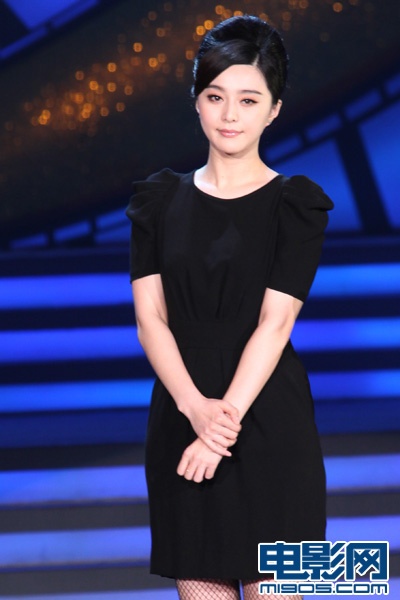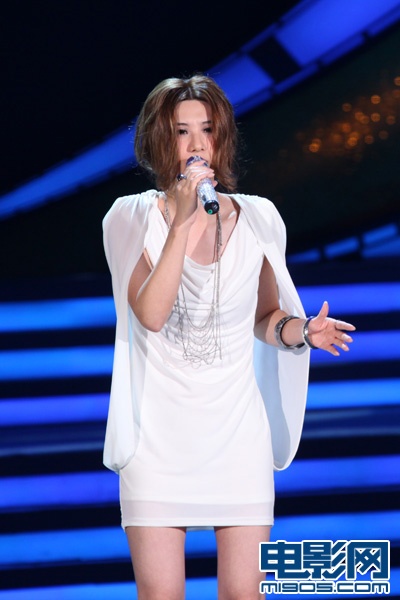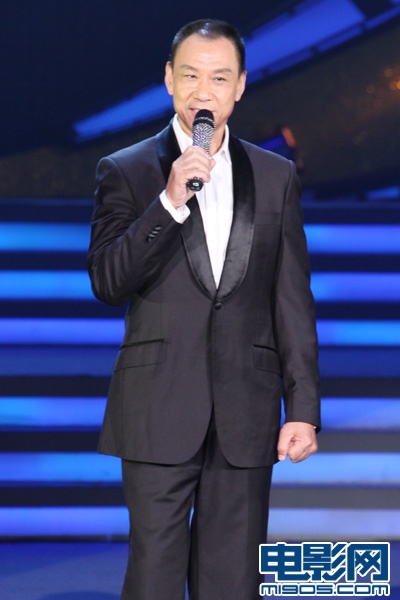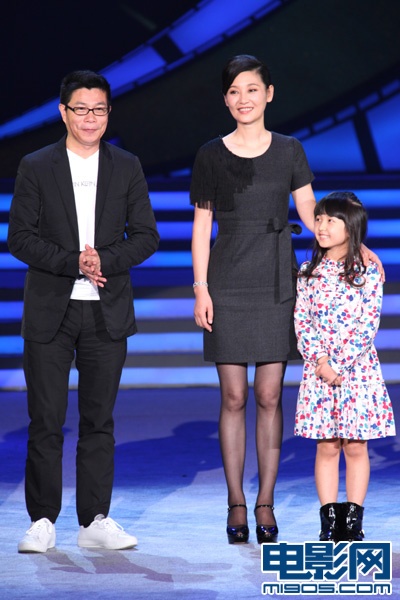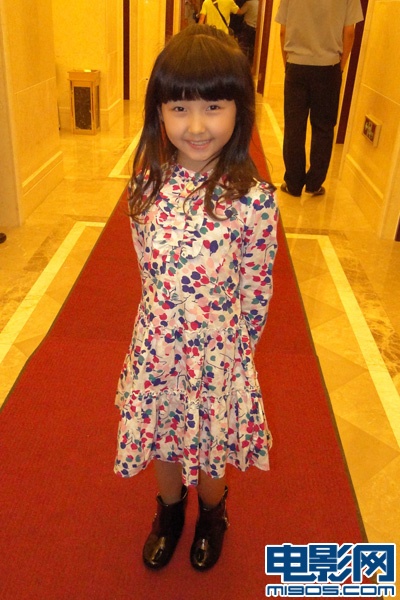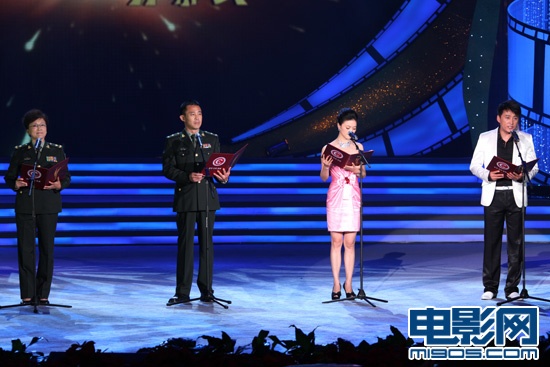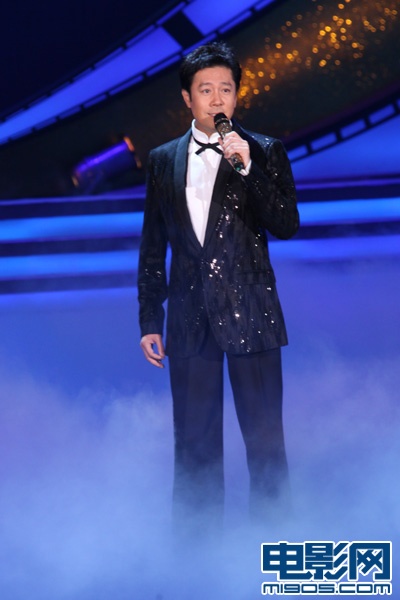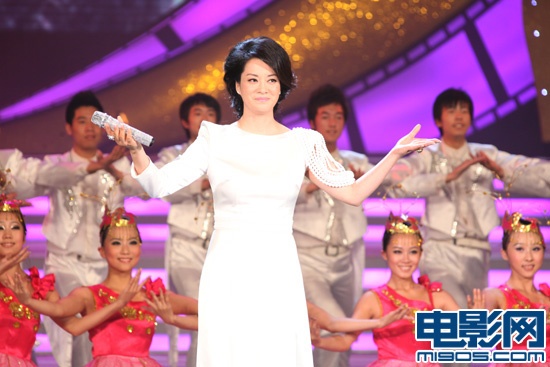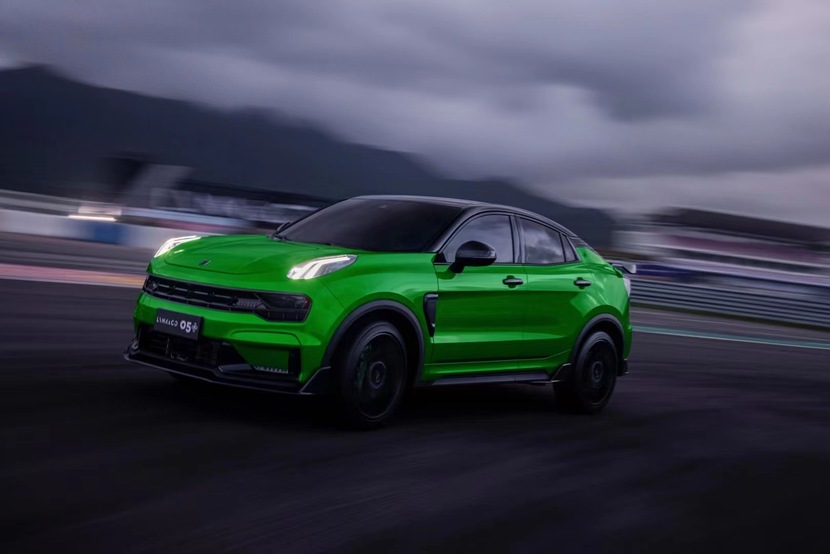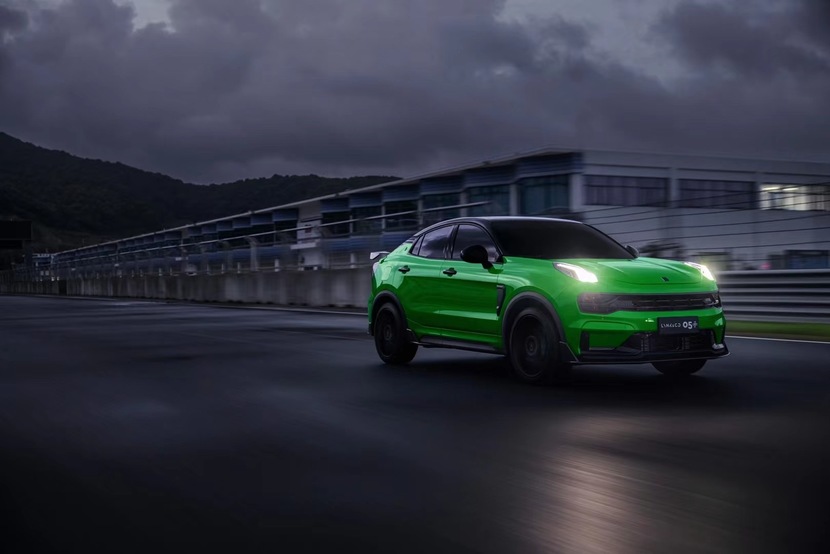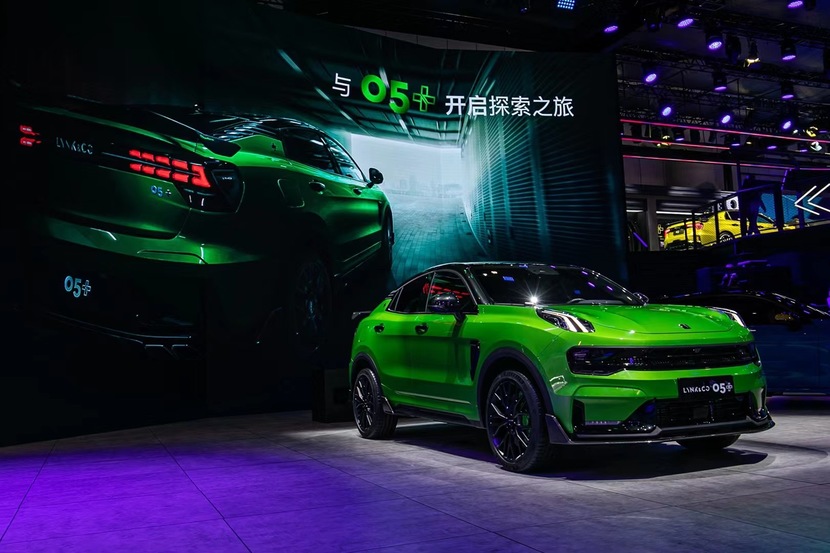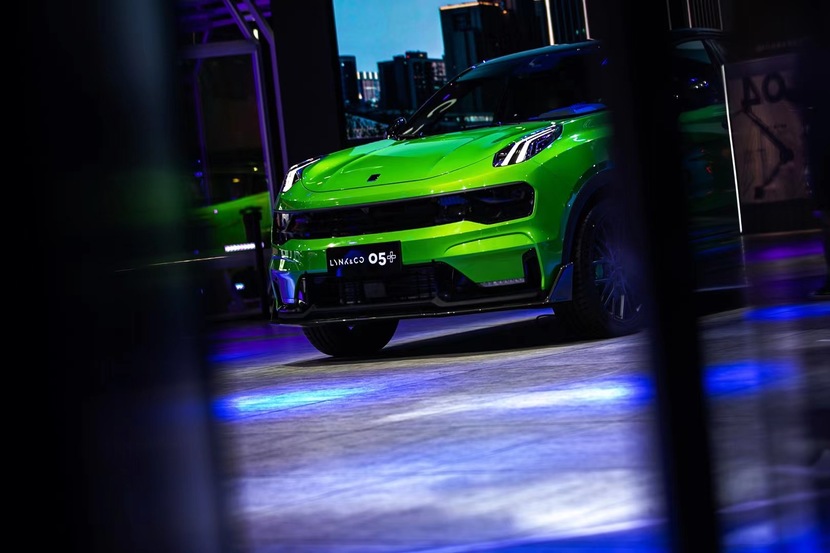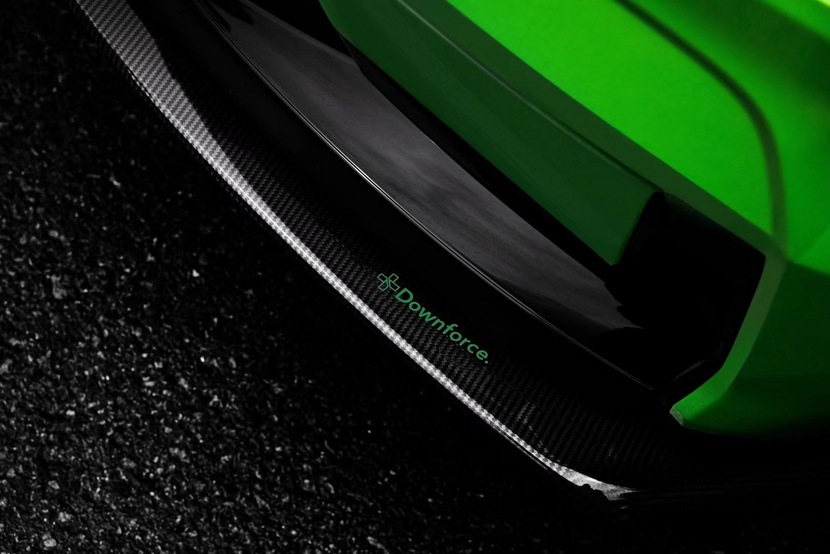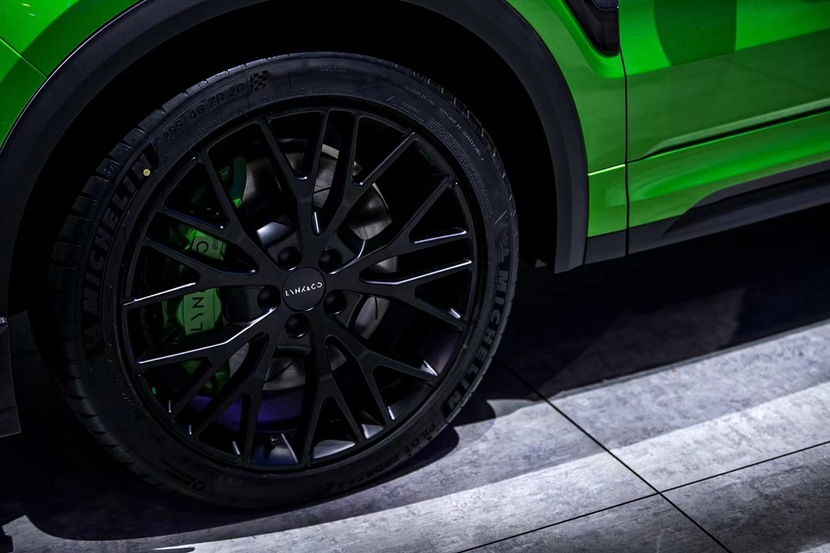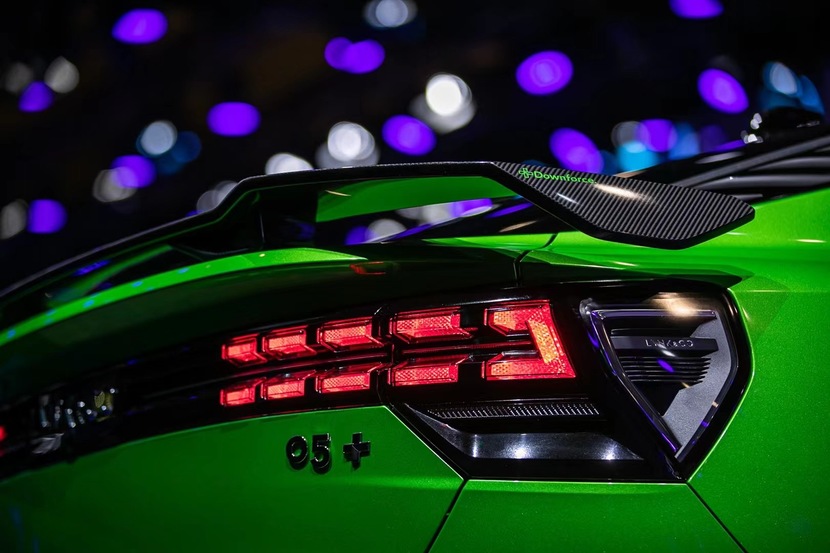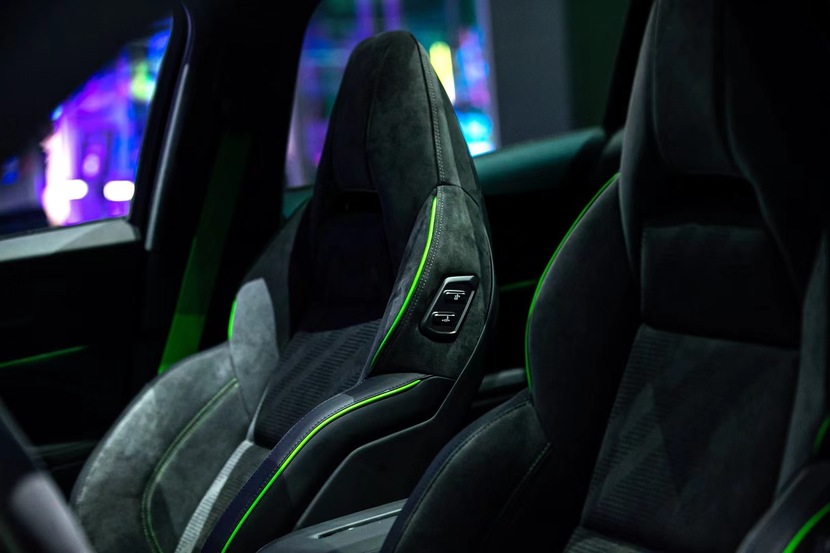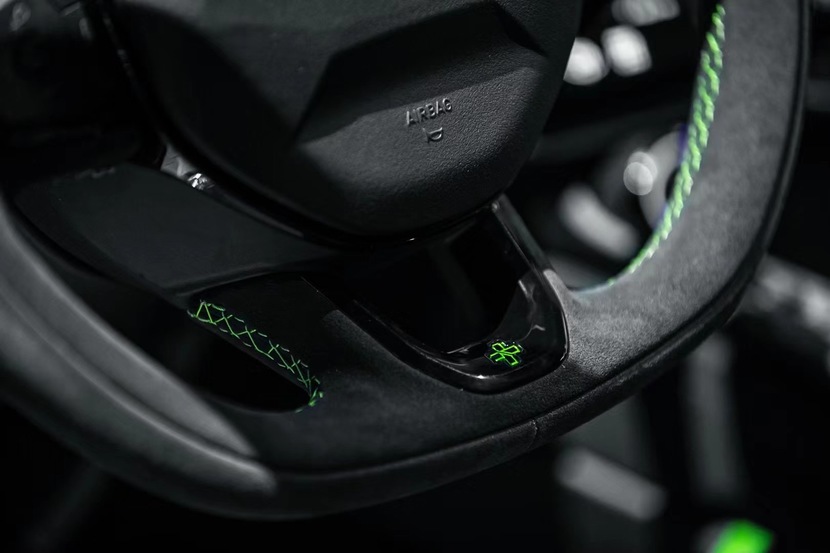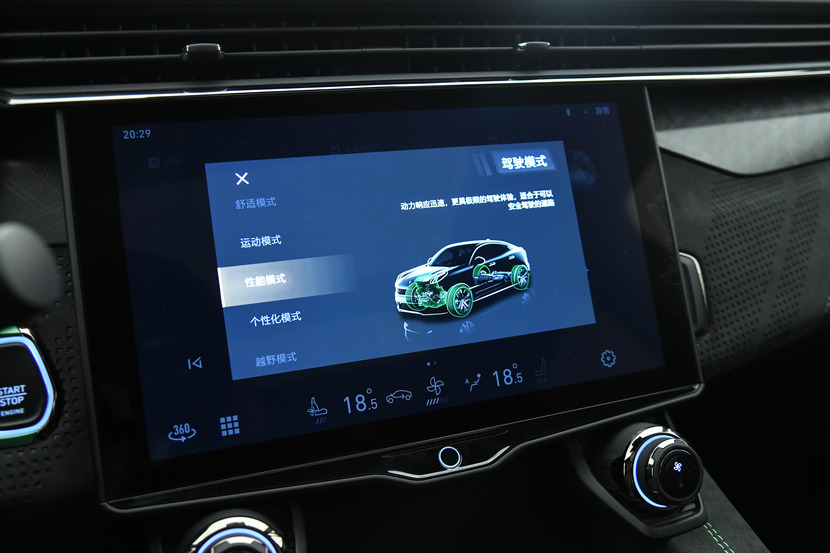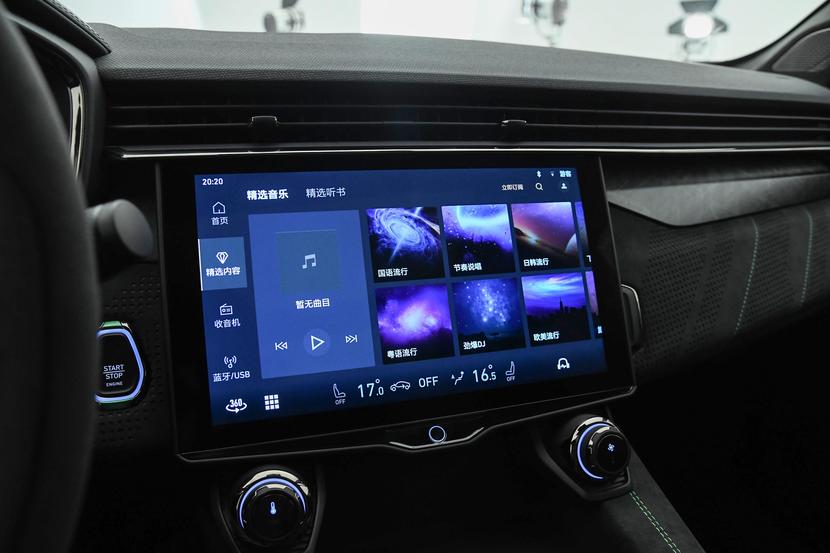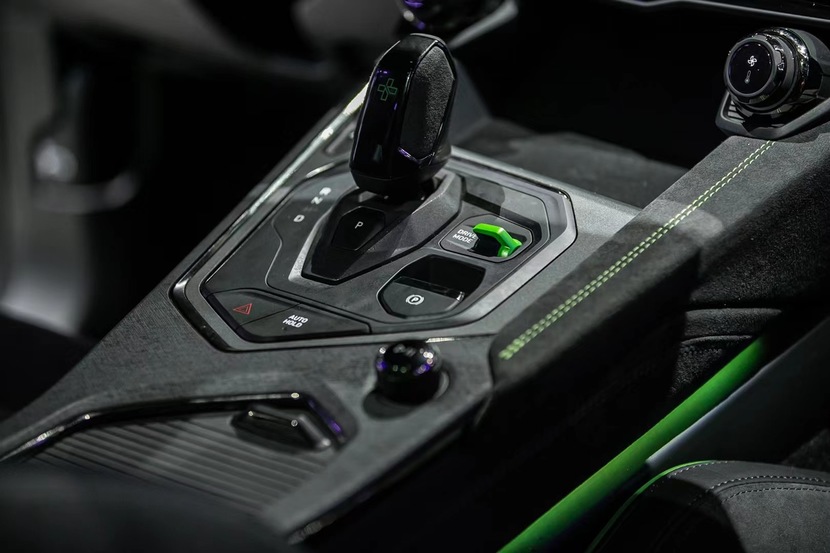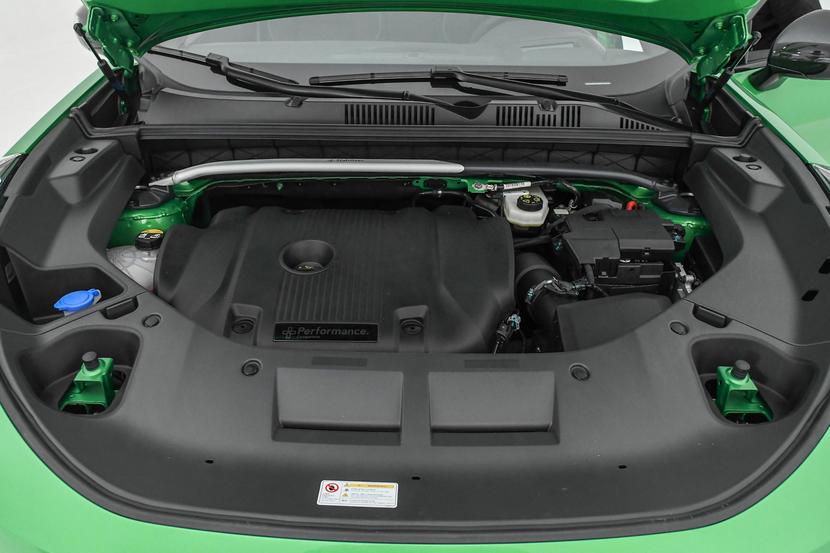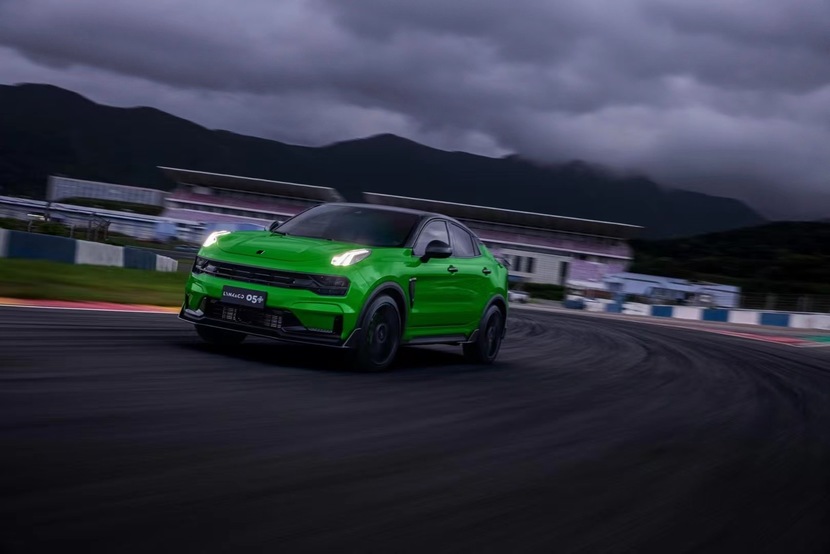Abstract □ Li Kaizhou
First, the knives used by ancient Chinese soldiers in the early days were all straight
After the movie "Embroidery Spring Knife · Shura Battlefield" was released, it achieved good box office results.
Like its sister work Embroidered Spring Blade I three years ago, the core story of this martial arts film still revolves around Daming Jinyiwei.
According to the "History of the Ming Dynasty · Official Records", the brocade-clothed guards were the royal armed forces. In addition to guarding the safety of the emperor, they were also in charge of arrest and imprisonment. "The sun, the sunset moon, the plowing, and the viewing of animals, they would wear flying fish clothes and embroidered spring swords, and they would serve around." Every large-scale court meeting and other important events, the brocade-clothed guards wore flying fish clothes and embroidered spring swords, and followed the emperor around.
That is to say, flying fish clothes and embroidered spring knives are the standard equipment of Jinyiwei in formal settings. If we go back to the Ming Dynasty and see someone wearing flying fish clothes and pulling out embroidered spring knives, don’t ask, it must be Jinyiwei. There is no doubt that in order to avoid trouble, we should hurry up and throw a girl!
Now let’s talk about the weapons in "Embroidery Spring Sword Shura Battlefield".
So far, the embroidered spring knife has only been found in written records, and there is no picture in the historical materials to describe the specific shape of this knife. The waist knife worn by the brocade-clothed guards in the Ming court painting "Police Entry" is likely to be the embroidered spring knife mentioned in the "History of the Ming Dynasty: Official Records", but we dare not guarantee it.
The embroidered spring knife in the movie is exquisite in workmanship and beautiful in shape. The handle is very straight, the blade body is narrow, the back is thick, the blade is thin, and the tail is slightly upturned, with a wonderful arc. This kind of knife is straighter than the waist knife depicted in "The Map of the Police Entering", and is more like the long knife depicted in the "Practical Discipline of Training" written by Qi Jiguang, a famous anti-Japanese general in the Ming Dynasty.
The knives used by ancient Chinese soldiers in the early days were straight, and they began to become more and more curved after the Song Dynasty. For example, the knives used by the cavalry of the Tang Dynasty were long and thick, with powerful chops and powerful stabs, but they were too heavy to hold. Soldiers controlled the horse with their left hand and held the knife with their right hand. If they were not strong enough, they would be unstable in holding the knife. Fortunately, there were many Central Asian Hu in the cavalry of the Tang Dynasty, who were tall and big, and were suitable for using this kind of heavy weapon. In the Song Dynasty, there were many more infantry than cavalry. Bows and crossbows were used in long-distance combat, and white blades were used in close combat. The lighter scimitars were gradually popularized. The sabers used by the Mongolian cavalry in the Yuan In the middle and late Ming Dynasty, the Japanese samurai swords were long, curved and sharp, forcing the Ming Dynasty military swords to continue to reform and gradually develop in the direction of Japanese swords.
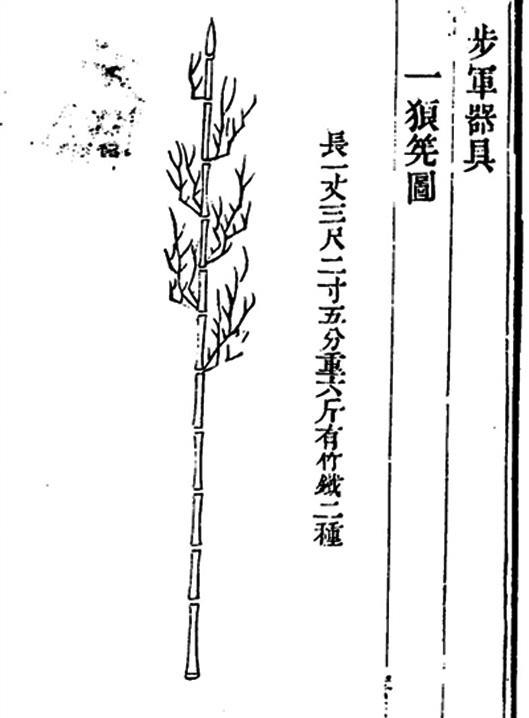
Second, what is the advantage of the scimitar?
What is the advantage of the scimitar compared to the long knife? In fact, the main thing is that it is more durable – in the past, the steel forging technology was not advanced enough, and it was difficult to balance strength and flexibility. If a knife was thick and strong, it would often be very brittle. If the knife slashed into the enemy’s helmet, the enemy was stunned, and his own knife was also folded. If it was flexible, it was too easy to bend. In ancient Rome, soldiers used that kind of straight and heavy iron sword to fight against the Persian scimitar. Whenever an enemy was hacked to death, they had to put the sword on the ground and step on it with their feet, which was very troublesome and dangerous. If it was cast into a scimitar, the rigidity could be stronger, and it was not afraid of breaking. Because the blade is convex, the contact surface with the slashed object is small, which is easier to cut than a straight knife. At the same time, due to the bending of the blade body and the center of gravity away from the handle, the inertia increases during slashing, and the lethality will be stronger.
Qi Jiguang has been at war with Japanese pirates for many years and once lamented the terrible lethality of Japanese swords: "Our soldiers are difficult to pick up short weapons, and long weapons are not good, and those who suffer from them have two more cuts." The shape of the knife is not as scientific as the Japanese knife, and the forging method is not as refined as the Japanese. If you take a domestic knife to block a Japanese knife, it will be cut in two by the Japanese knife. Therefore, Qi Jiguang improved the style and forging method of the military knife, making the "Qi family knife" famous all over the world.
In the movie, Shen Lian fought with Ding Baiying, a master under King Xin, and the embroidered spring knife he used at first may have been a domestic knife issued by the unit, which was cut off by Ding Baiying. Later, he returned home and took out an embroidered spring knife left by his father, and when he met Ding Baiying, he was no longer afraid. The knife Shen Lian used later was either Qi Jiguang’s improved Qi Family knife or a high-priced imported Japanese knife. According to Qi Jiguang’s "New Book of Ji Xiao", at that time, the domestic knife was seven or eight hundred yuan, and the Japanese knife was five thousand yuan, which was very expensive.
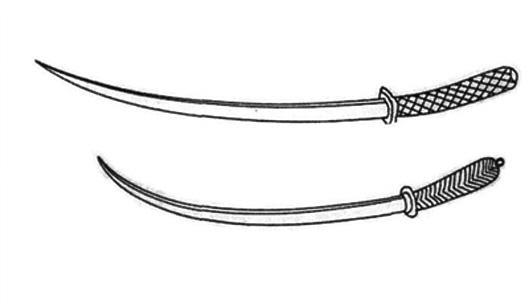
Third, the flare gun: a firearm invented by the Chinese
Of course, the weapons that appeared in "Embroidered Chun Knife · Shura Battlefield" were not only Embroidered Chun Knife, but also the meteor hammer used by Dongchang Eunuch Zheng and the mace used by Ding Baiying’s male disciple.
Qi Jiguang’s military book and another military book in the late Ming Dynasty, "Military Weapons Illustration", did not mention the mace, probably because this weapon was too heavy, mainly the equipment of Jurchen cavalry, not suitable for Ming Dynasty soldiers who mainly focused on city defense and positional warfare. Qi Jiguang invented a weapon similar to the mace, named "Kuan", which was made of bamboo or steel. In fact, it was a long stick with many half-foot-long spikes on the yaya branch, which was much lighter than the mace, but its lethality was not inferior to the mace.
Eunuch Zheng’s meteor hammer is also not seen in the Ming Dynasty military book, because the radius of this weapon is too large and the direction is unknown, it is easy to accidentally injure comrades. However, the movie added a very good idea to this weapon: many small holes are cut in the meteor hammer, and fuel is placed in it. As long as you blow it lightly, sparks will splash out, which can not only burn the enemy, but also illuminate in the dark night.
We Chinese are no less ingenious than foreigners, and we have had many inventions in weapons since ancient times, such as the invention of gunpowder and the flare gun. The property rights belong to the Chinese. The flare gun was originally invented by the people of the Southern Song Dynasty: fill the bamboo tube with gunpowder, ignite the medicine thread, and spray flame on the enemy.
In the Yuan Dynasty, the flamethrower was improved, and the bamboo tube was replaced by a metal tube, which could be used for a long time, and was named "flamethrower". In the Ming Dynasty, we were lagging behind. Shen Lian was repeatedly attacked by the musket team in "Shura Battlefield". Those muskets that resembled modern rifles were not invented by the Chinese, but were learned from the Portuguese and Japanese.
Qi Jiguang’s "Practical Practice of Soldiers" contains muskets, with a note: "This weapon was not originally available in China, but was passed down from the Japanese pirates. It is different from various firearms. It can be used to cave armor, can hit the shot, and the bow and arrow can not be used." China has long had flaring muskets, but there are no such muskets with triggers and launchers. It was because of fighting against the Japanese pirates that they learned to make muskets.
In the late Ming Dynasty, a famous firearm inventor named Zhao Shizhen appeared. After observing the Portuguese musket and the Japanese shotgun many times, he spent his life developing the Chinese version of the musket, and finally developed the "combined gun", "Xuanyuan gun", "three long guns", "Xunlei gun", "electric switch gun" and other shooting weapons. The shapes of these muskets are roughly the same, all composed of metal barrel, wooden butt, sight and igniter, and they are all prebore guns loaded with lead bullets from the front chamber. Before firing, you need to fill the gunpowder, load the lead bullets, and light the fire rope, and then fire a shot at an interval of about one or two minutes. And because there is no rifling in the gun chamber, the direction of the bullet when it flies out is inaccurate, making it difficult to hit the target accurately.
Loading the front chamber, not rifling, and igniting with a fire rope were common to all muskets in the world at that time. Therefore, until two hundred years after the invention of the musket, the traditional cold weapon still did not withdraw from the stage of history. In the movie, Shen Lian fled on horseback and fought back with a handheld crossbow while running. Dozens of musketeers actually failed to hit him, not because his protagonist’s aura was working, but because the musket was still very backward.
(According to the Beijing Youth Daily on July 26)
